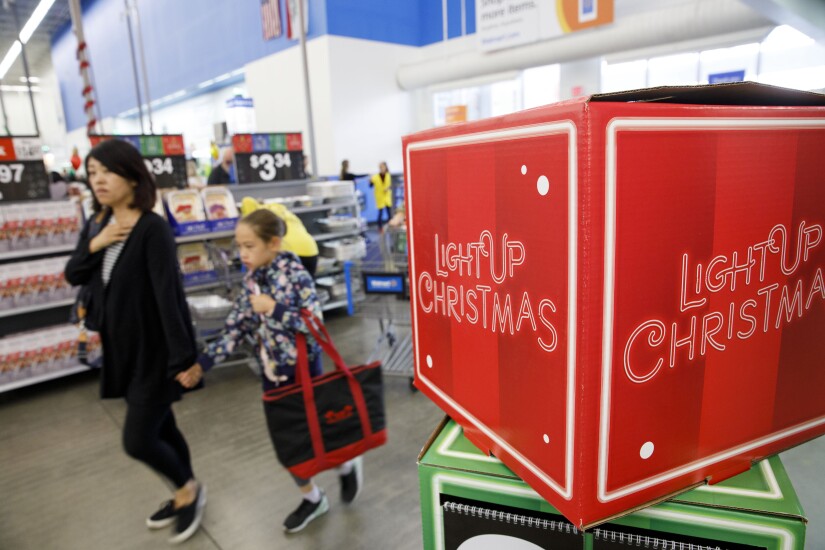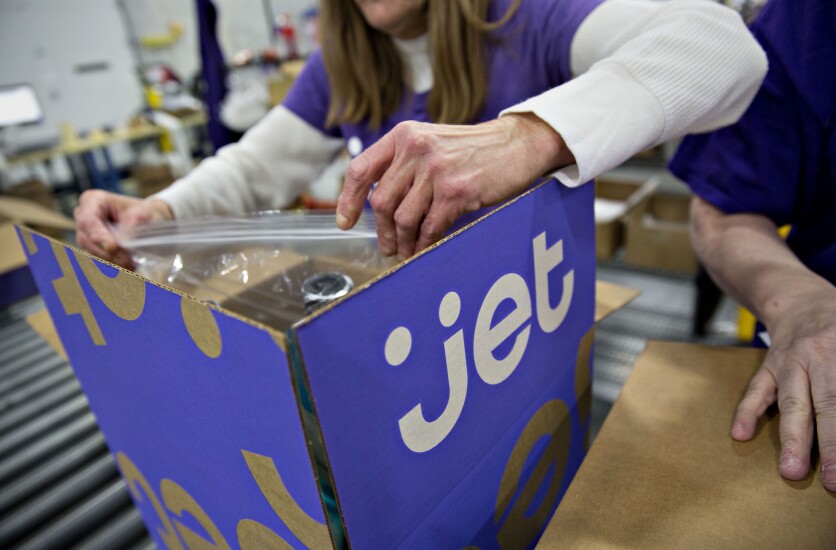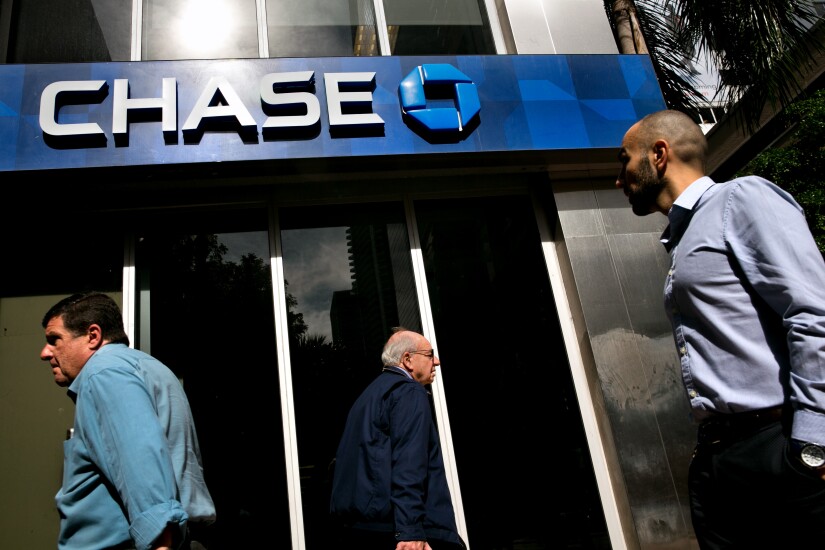Walmart is already a retail heavyweight, and it has never shied from innovative projects to change the way people pay.
Over the years it has battled not only with mega-rivals like Target and Amazon, but also with the key stakeholders of the payments industry itself. At the same time, it has worked with many of these companies as partners, giving Walmart the means to not only lower its own costs but also experiment with daring new services in the digital age.
This item is compiled from reporting by PaymentsSource writers including John Adams, Kate Fitzgerald and David Heun. It is regularly updated with new content. Click the links in each item to read more.


















